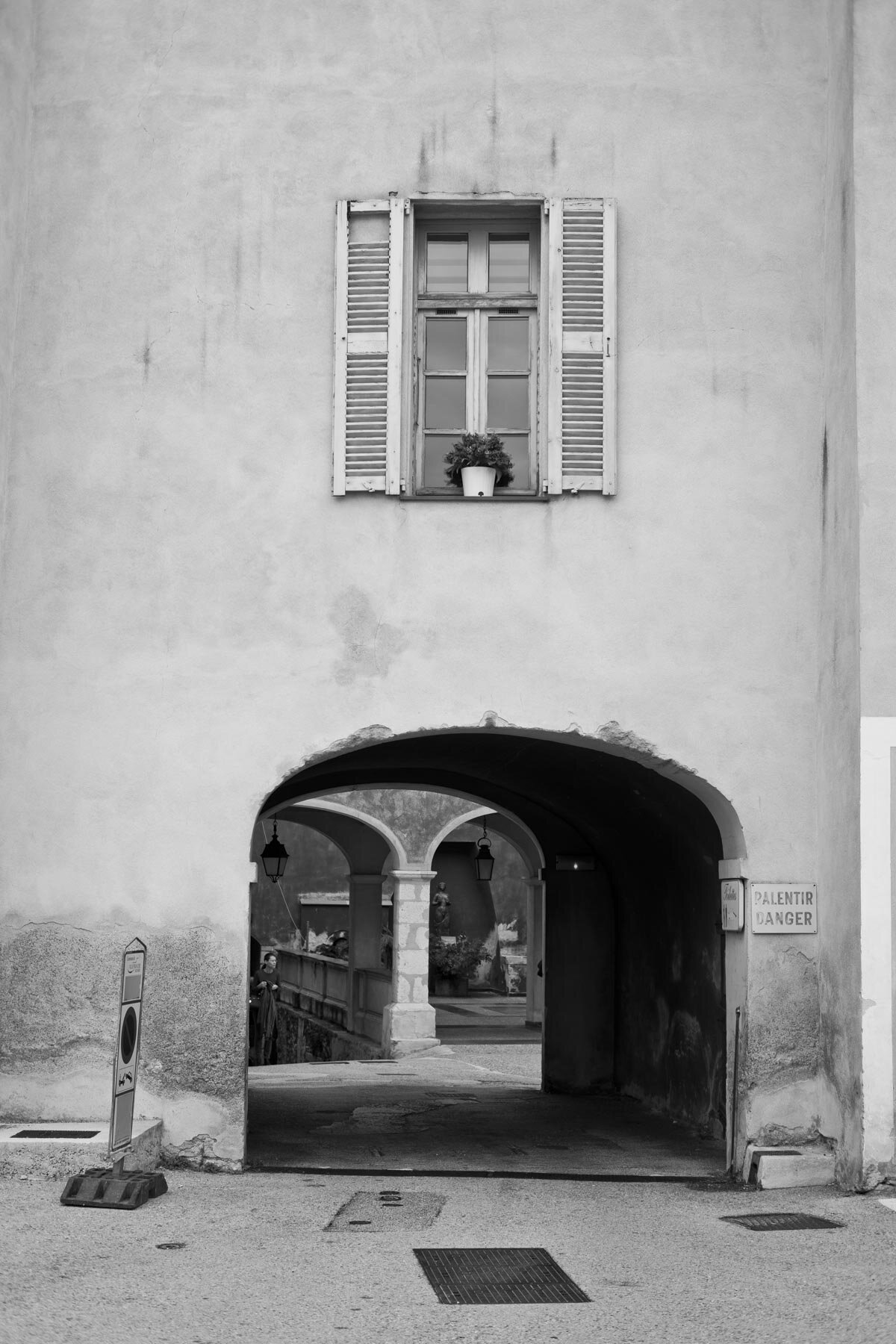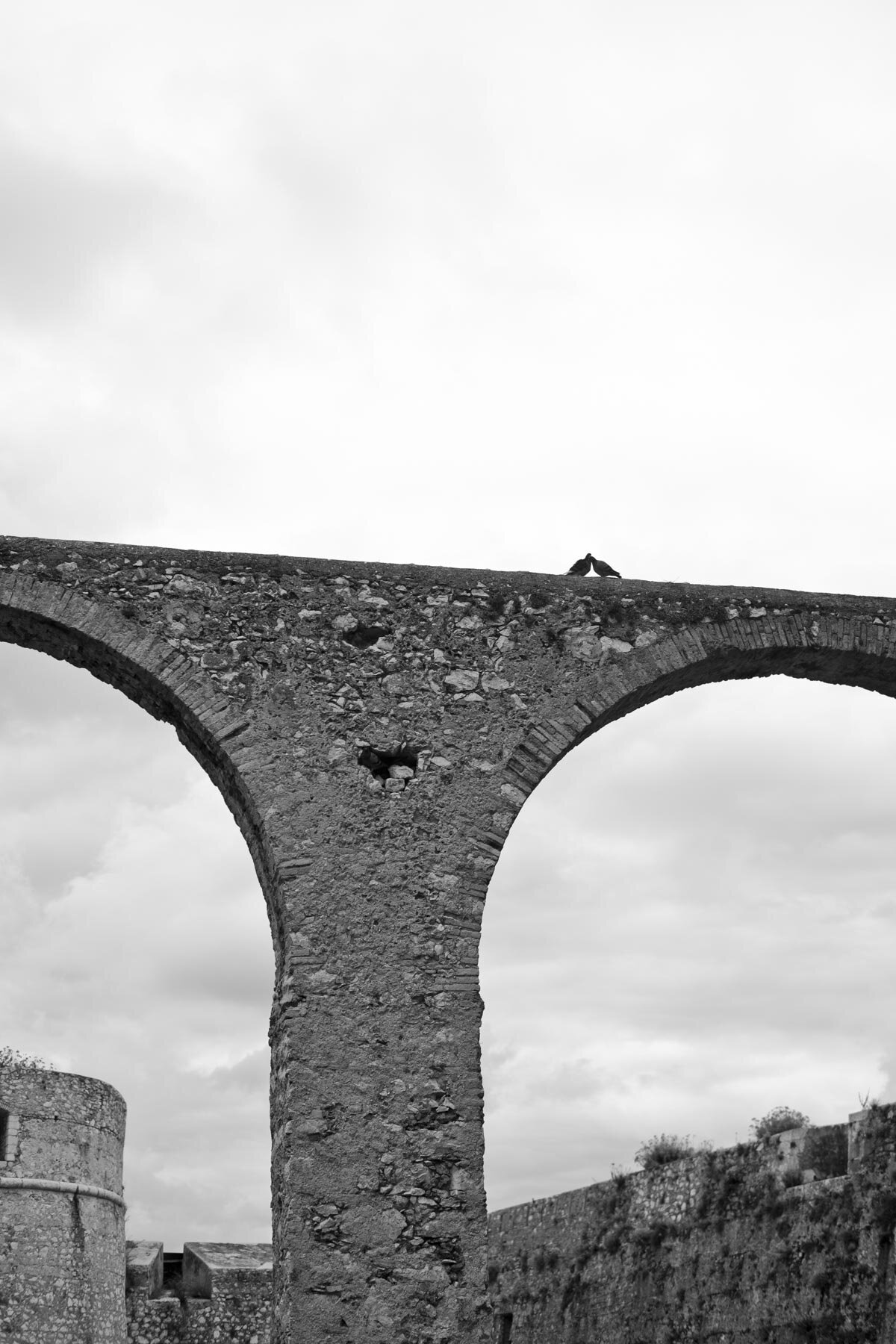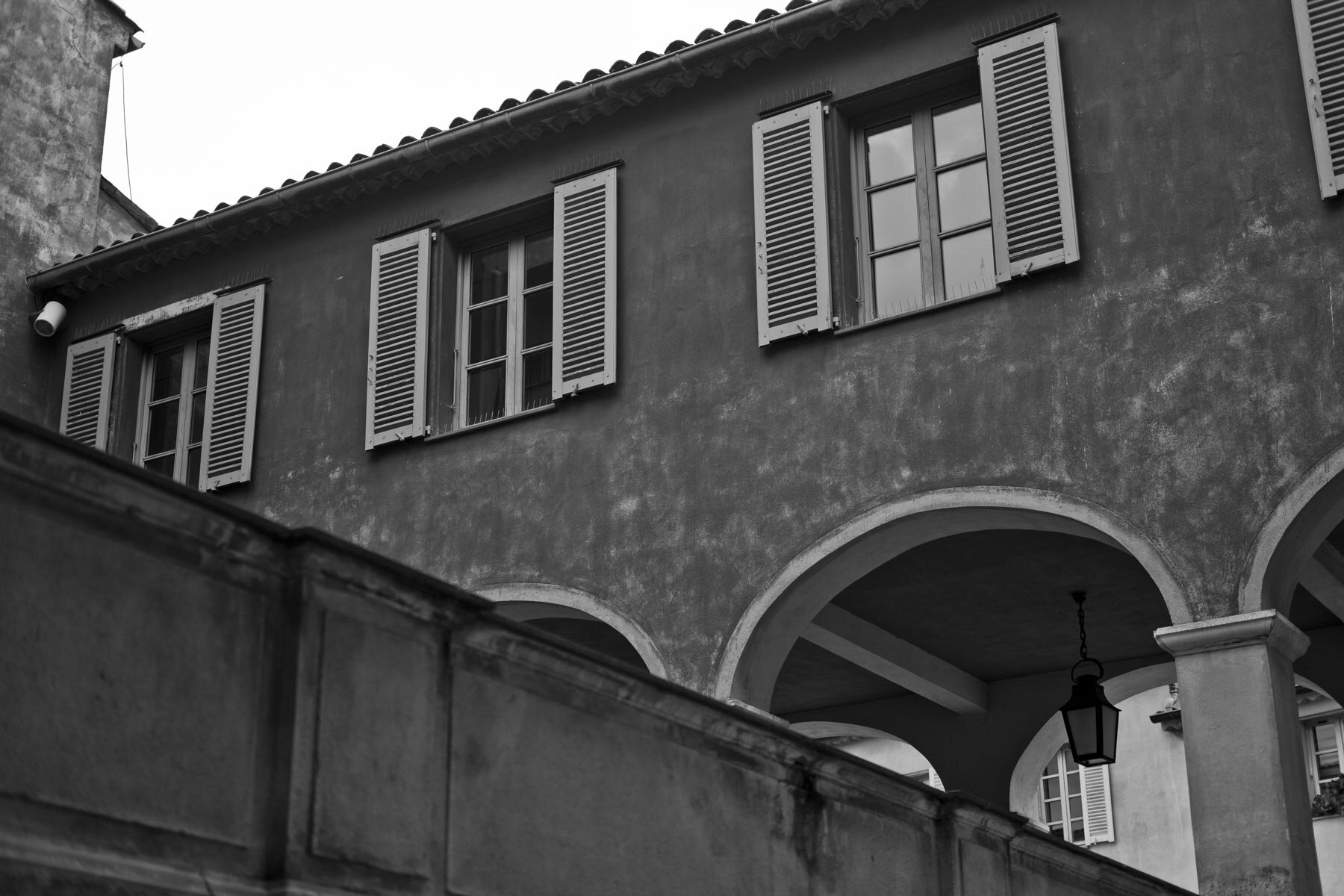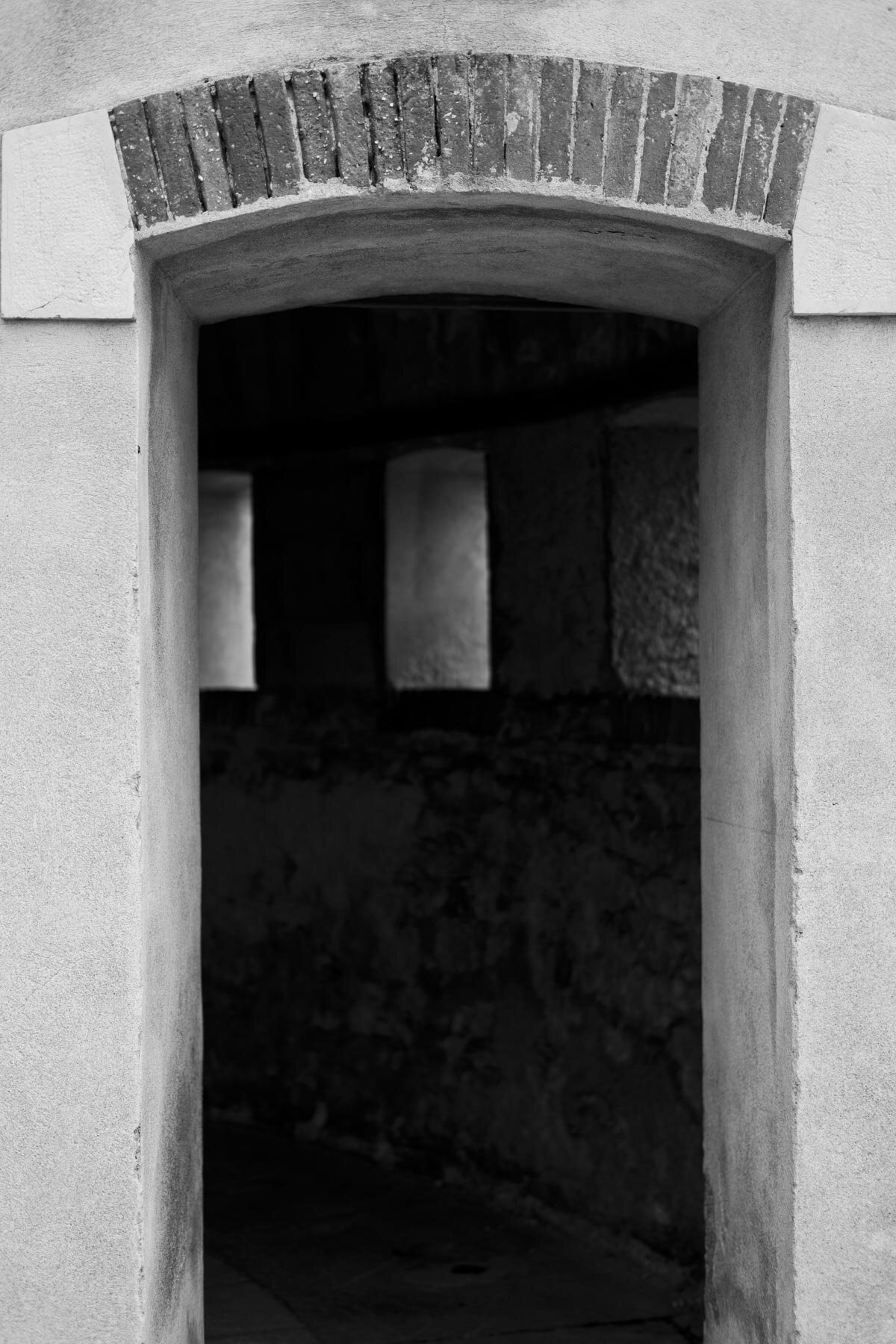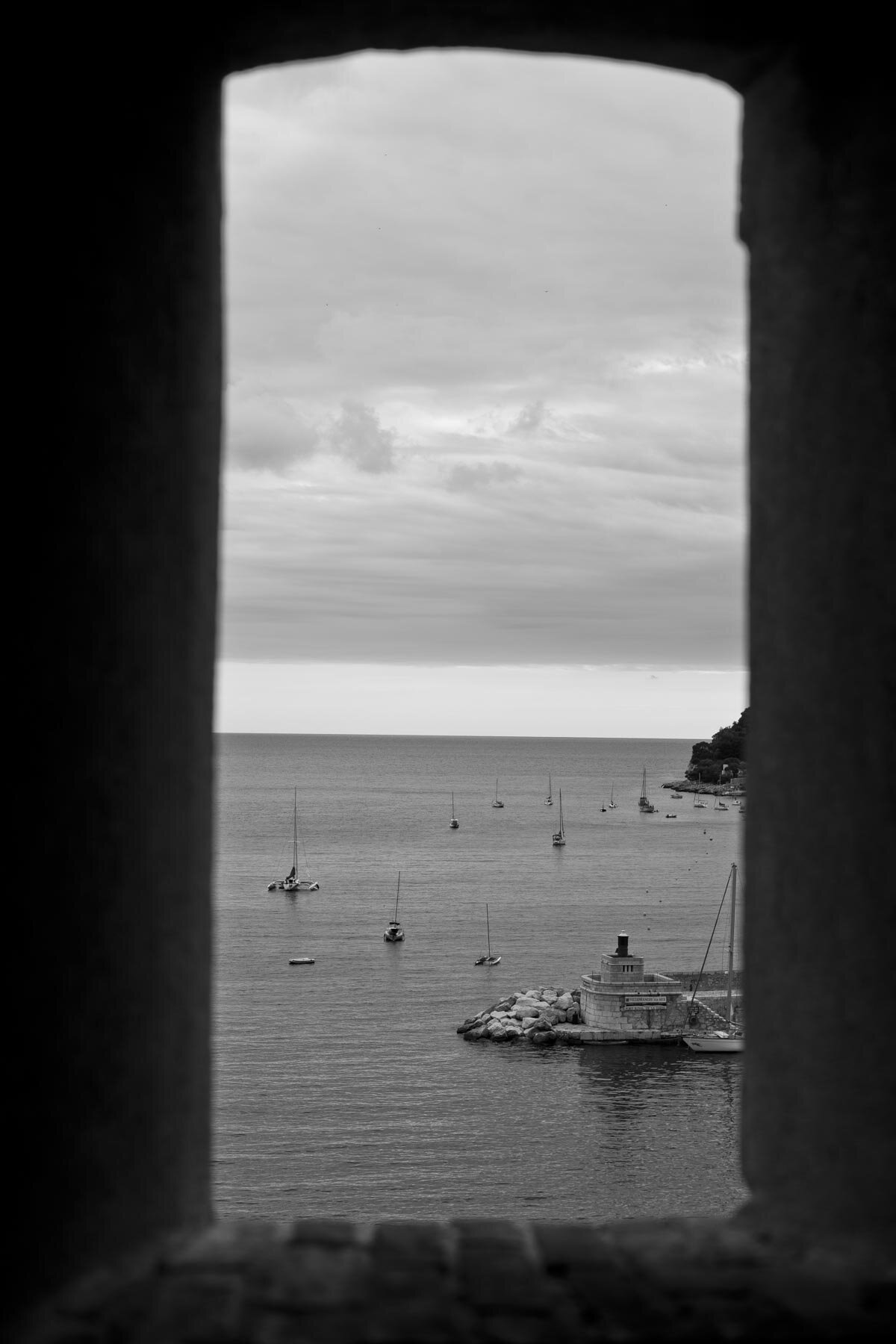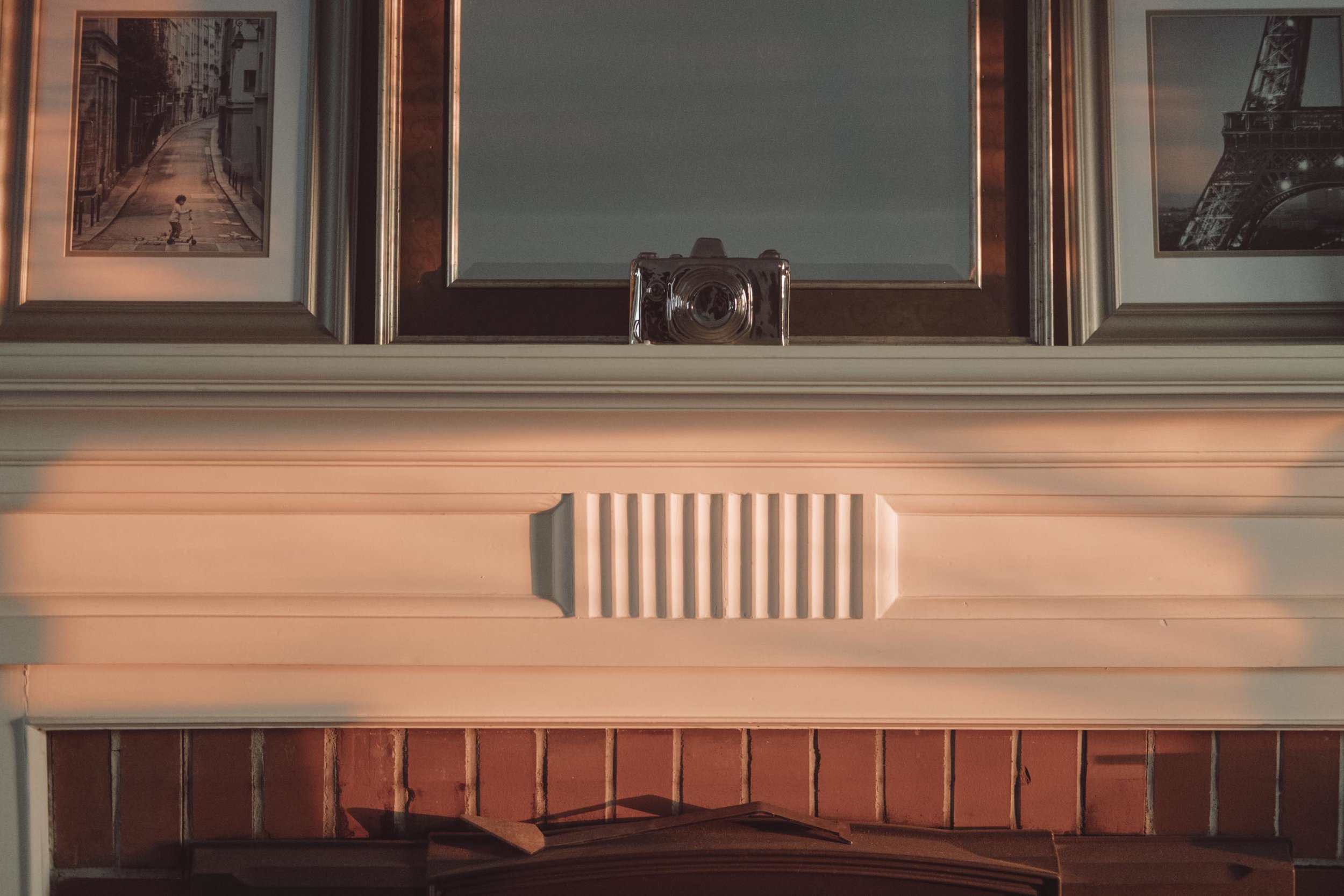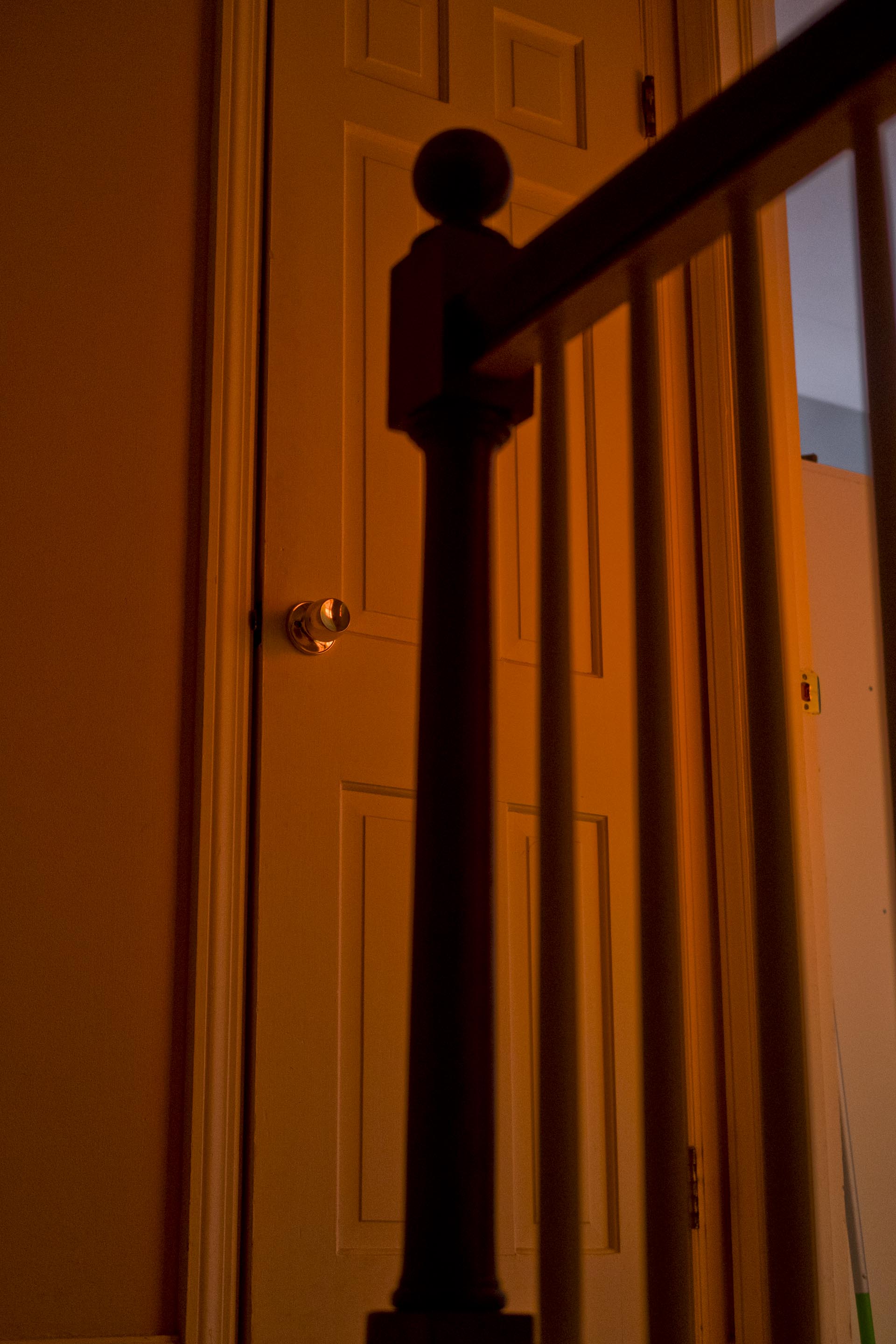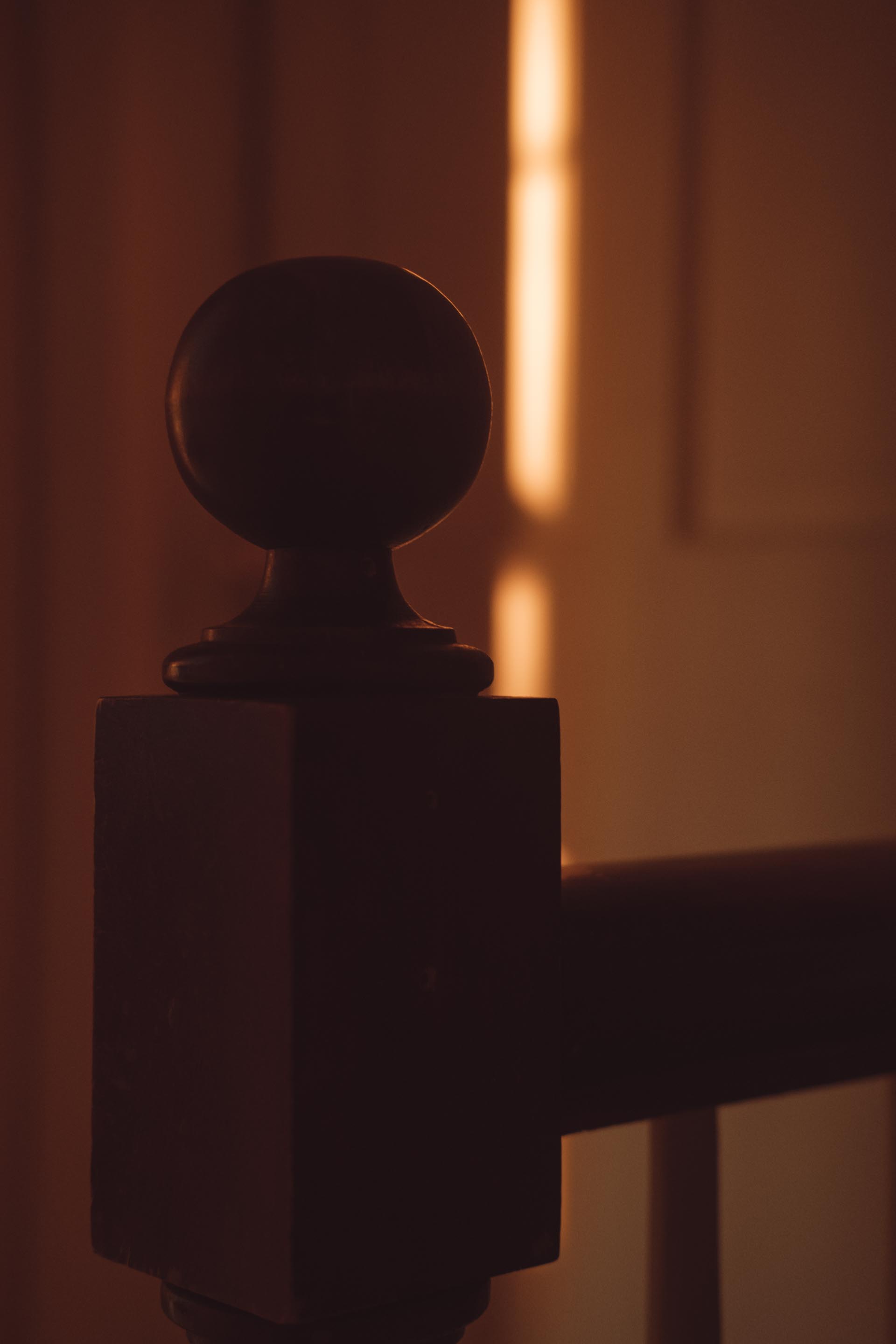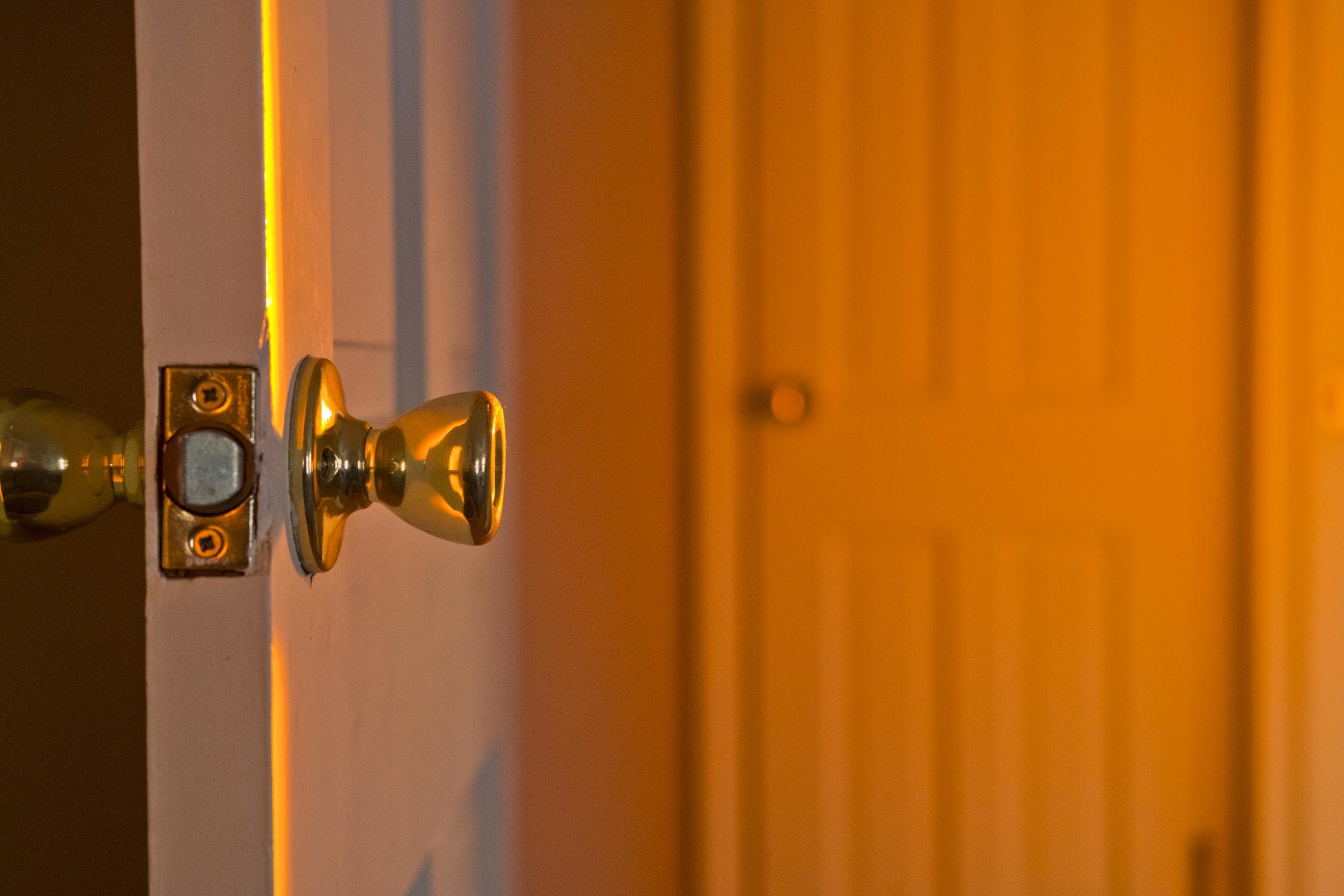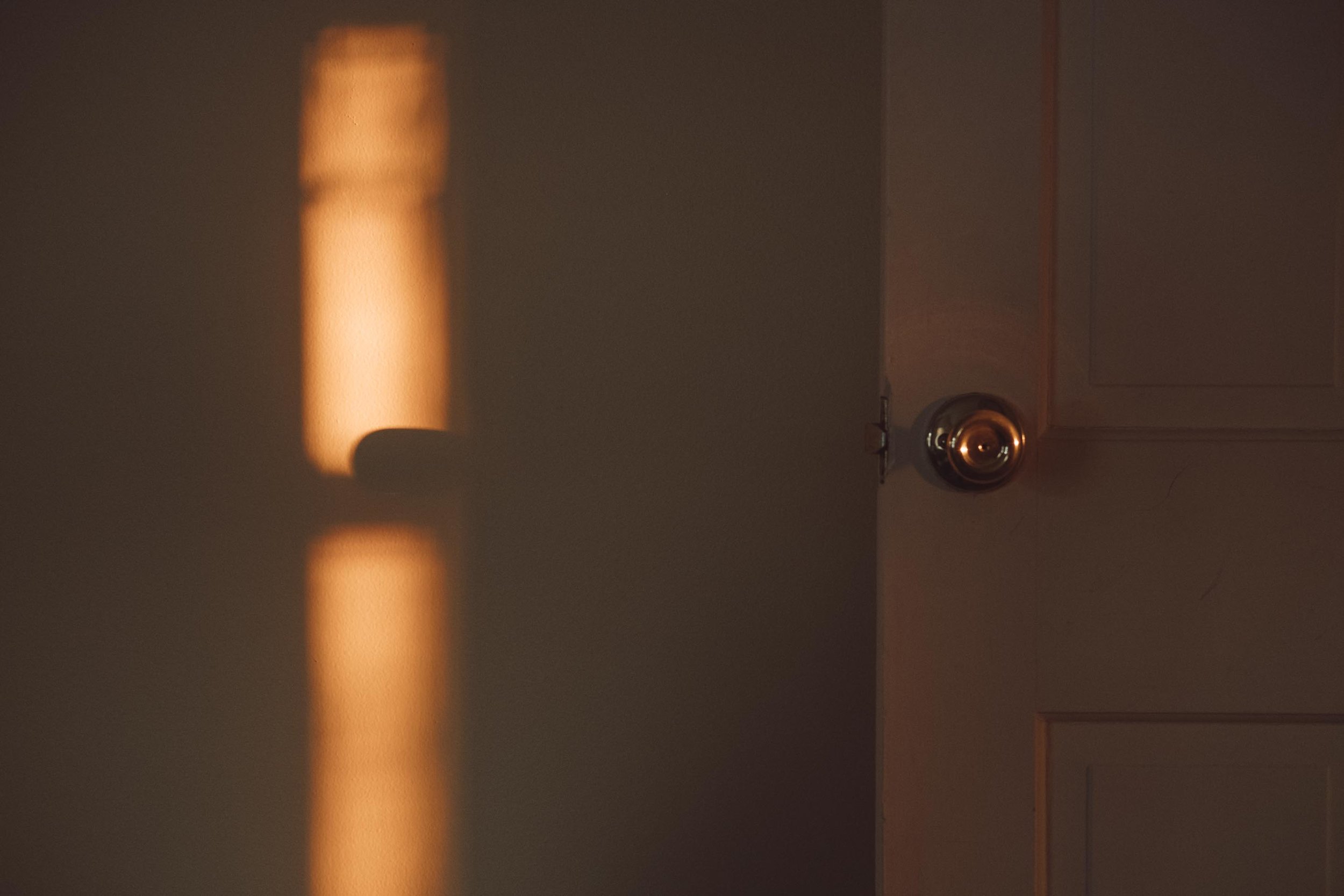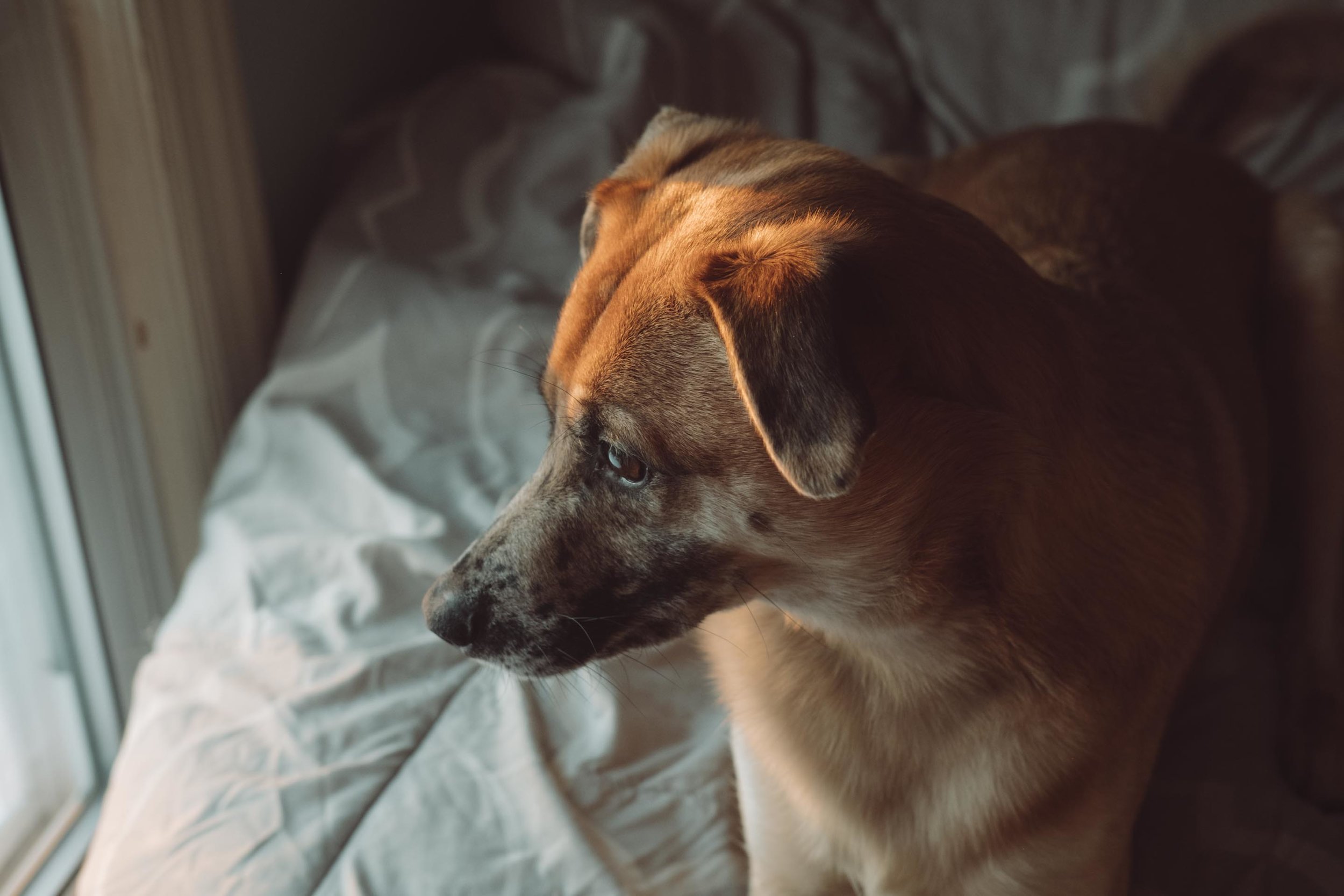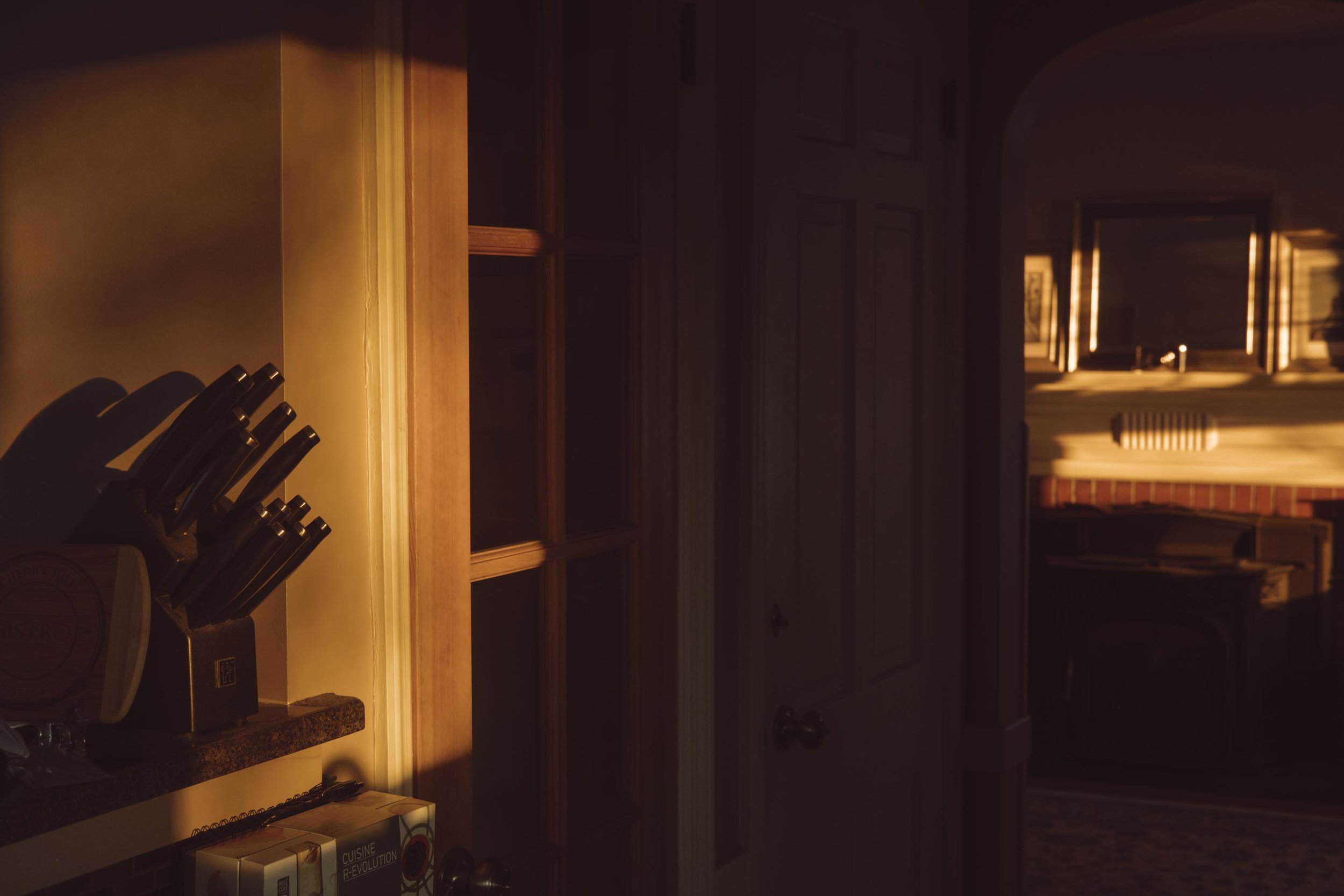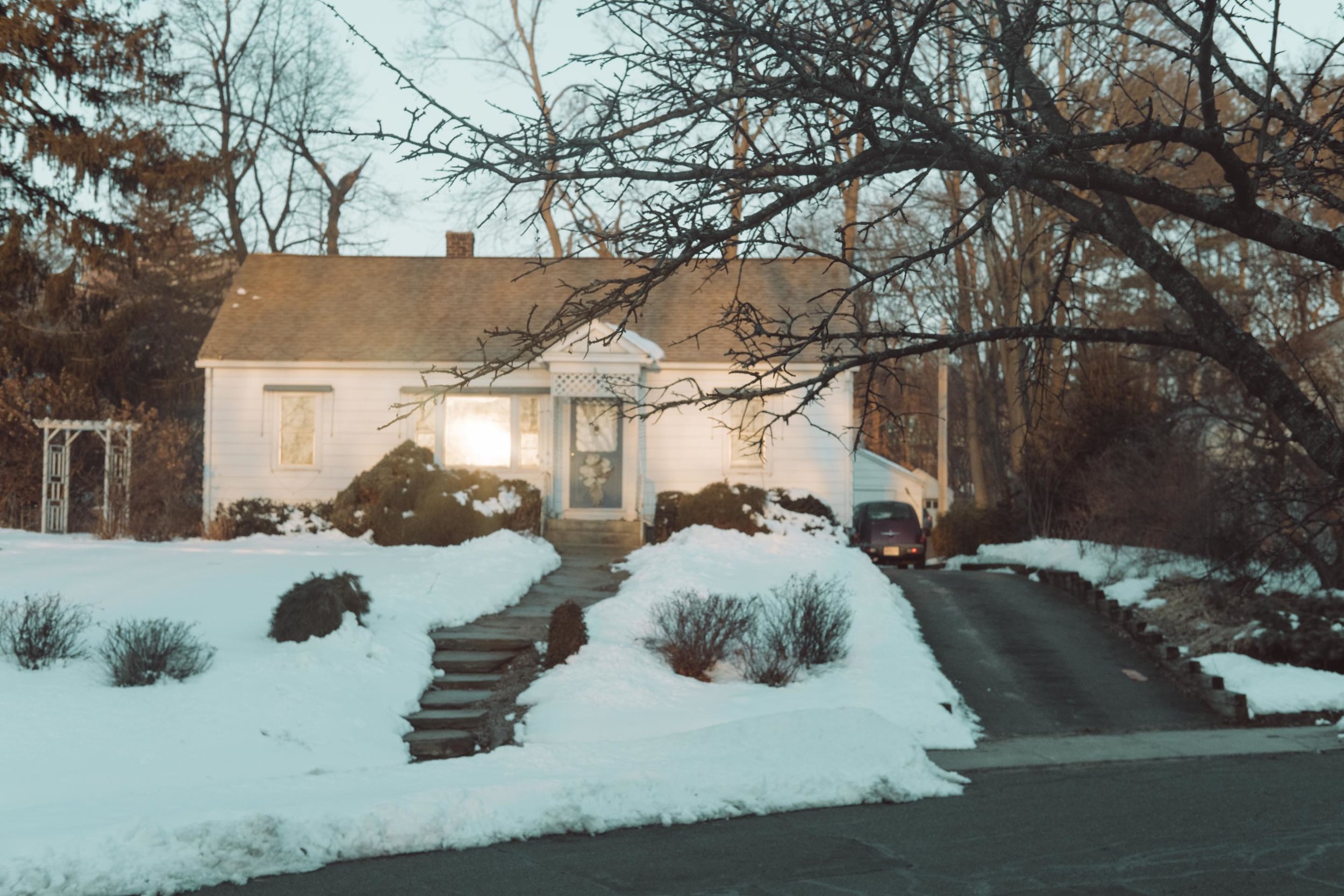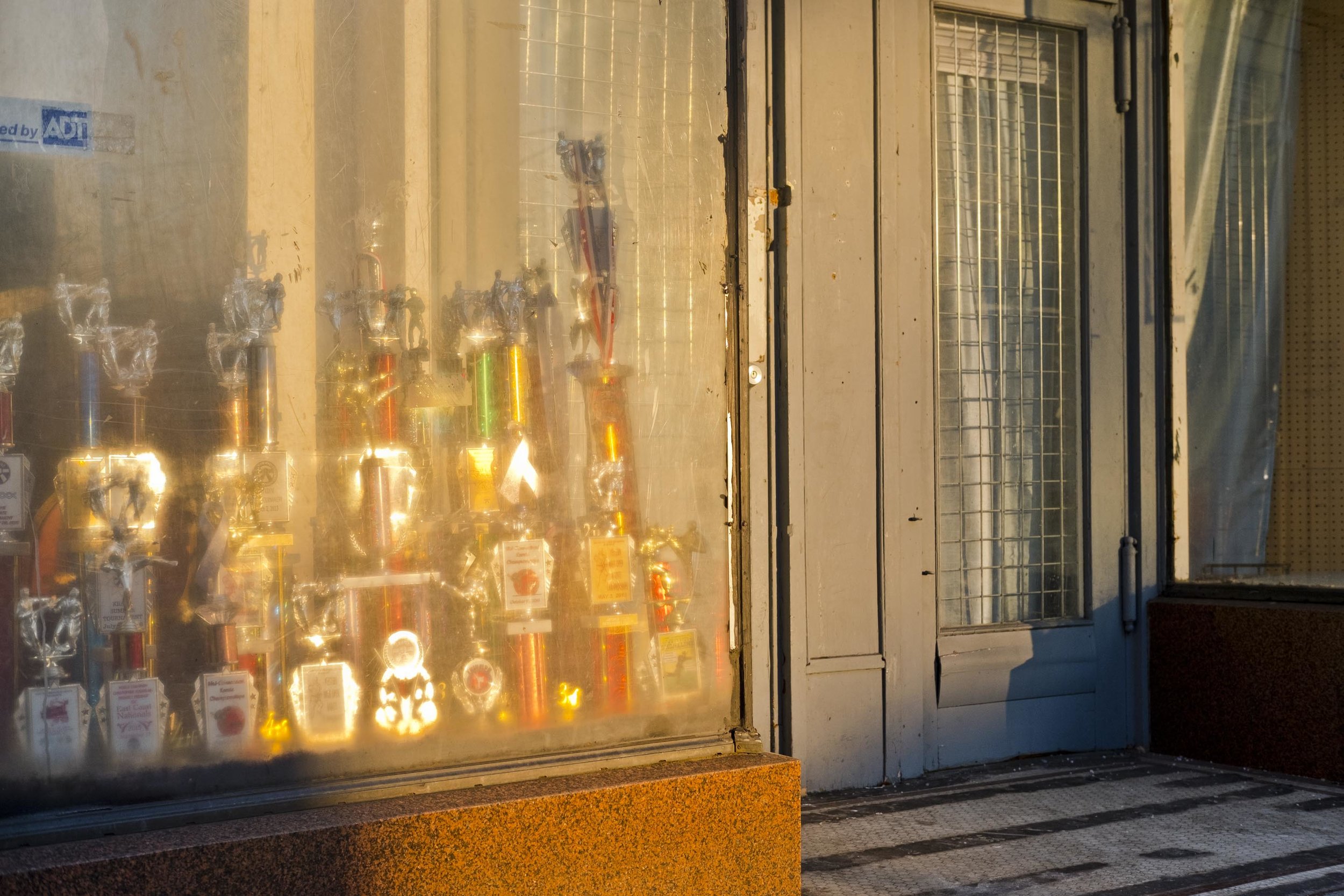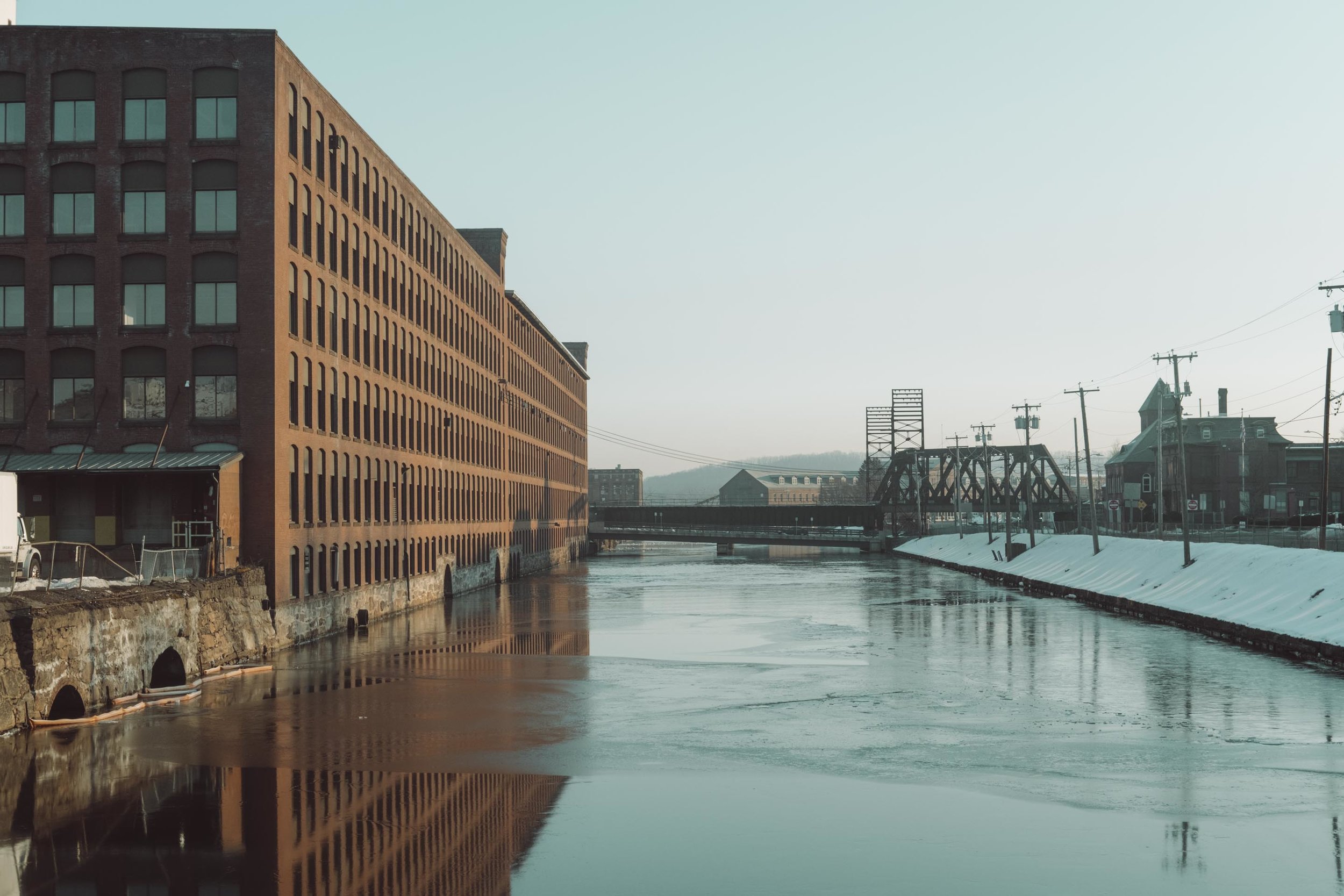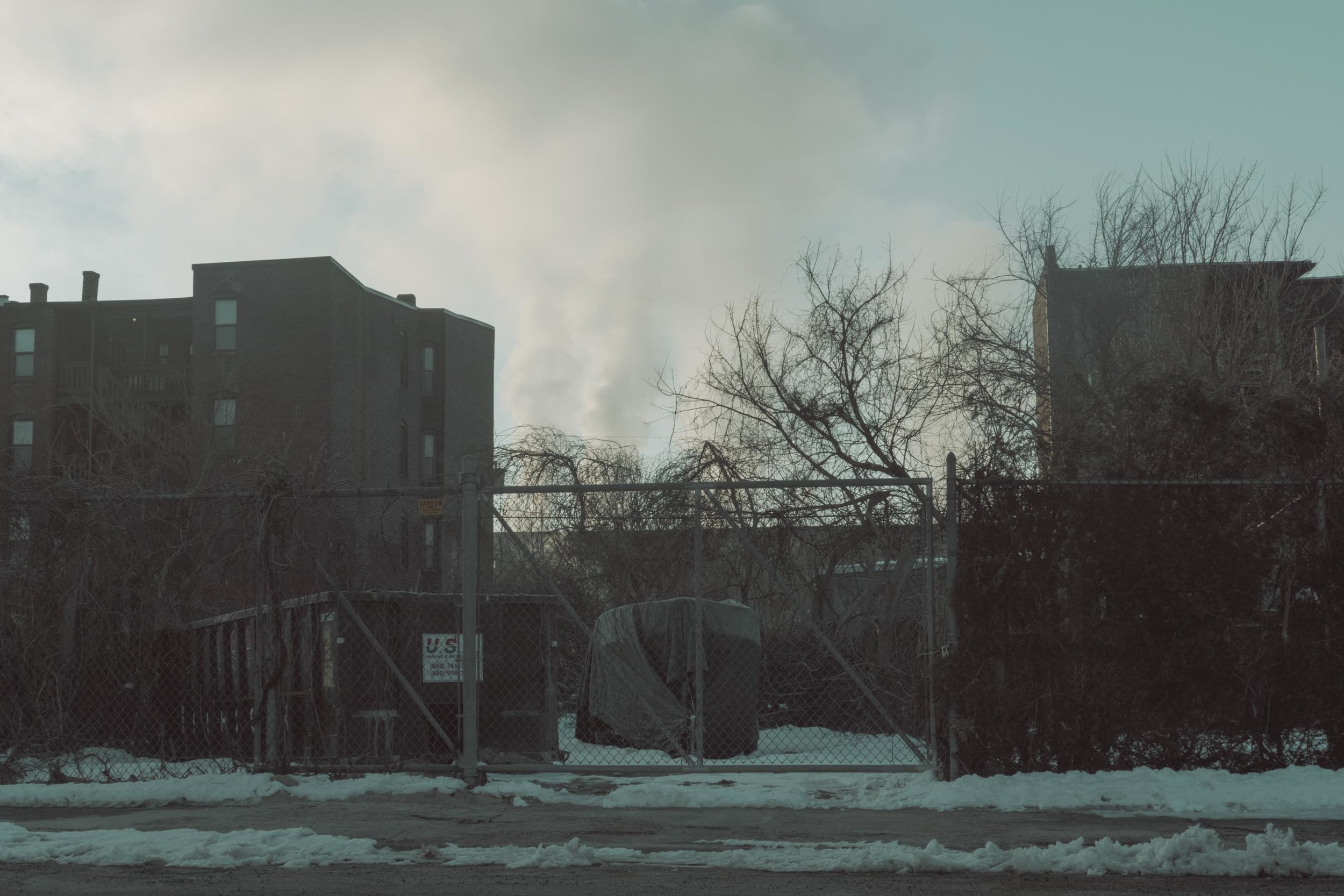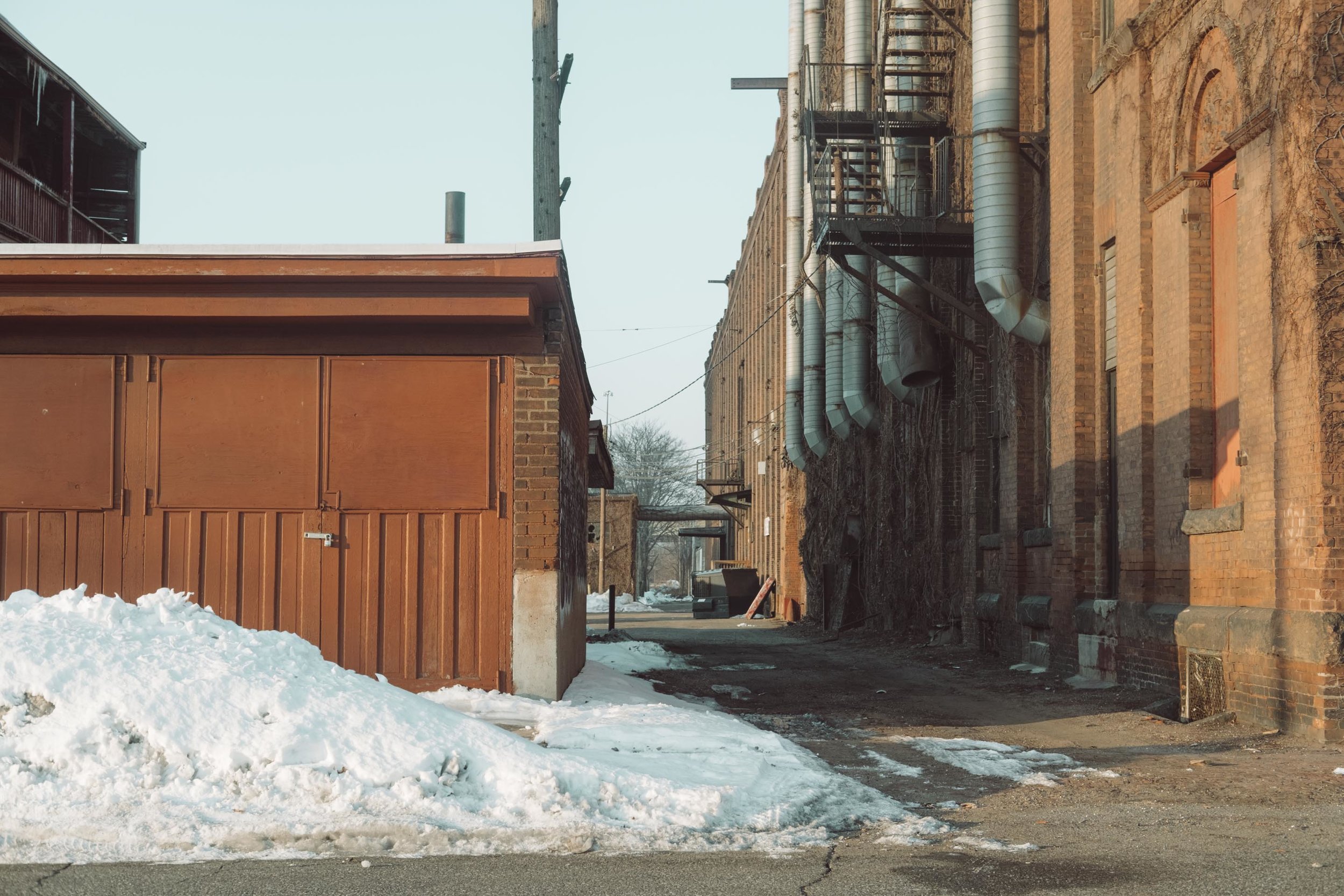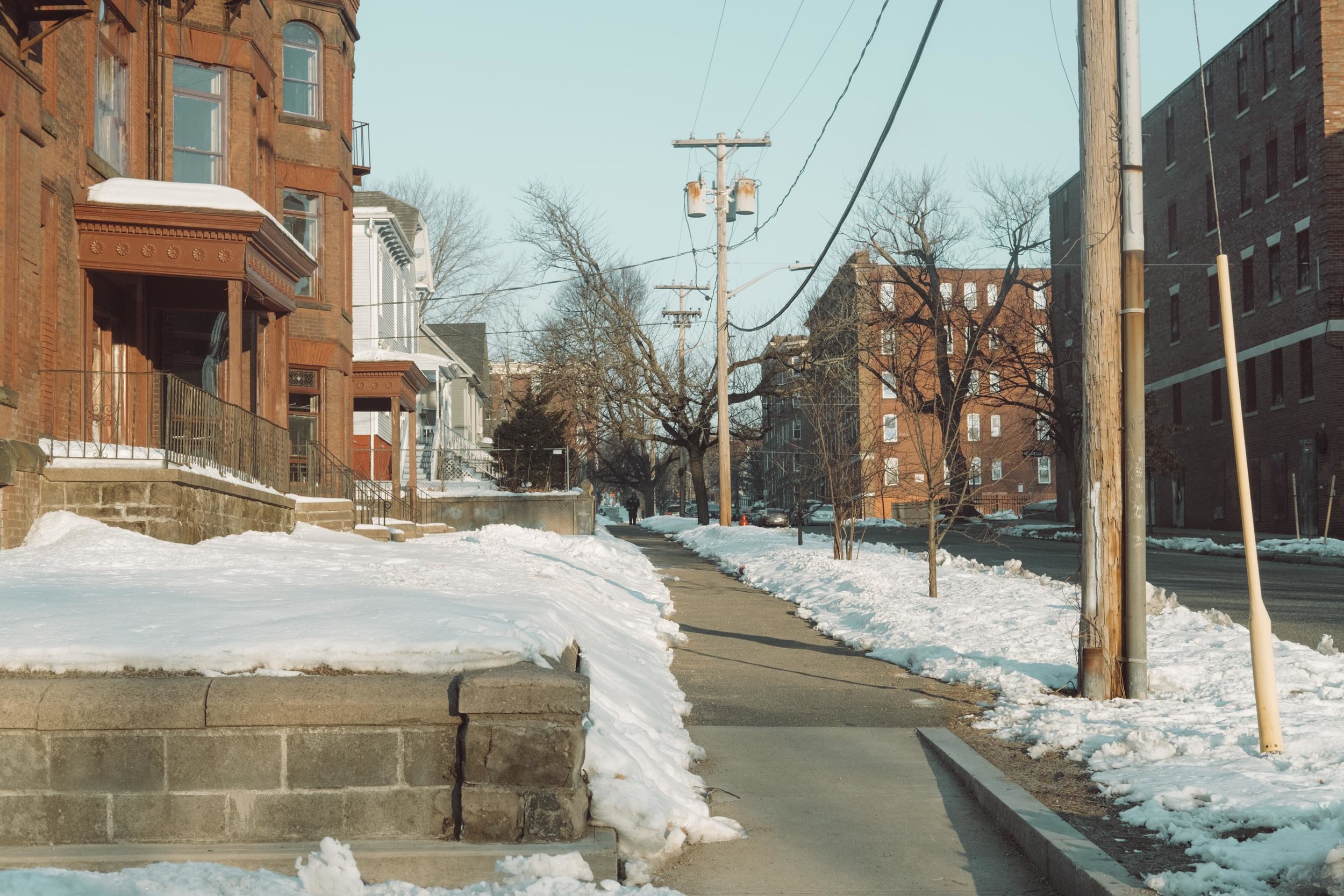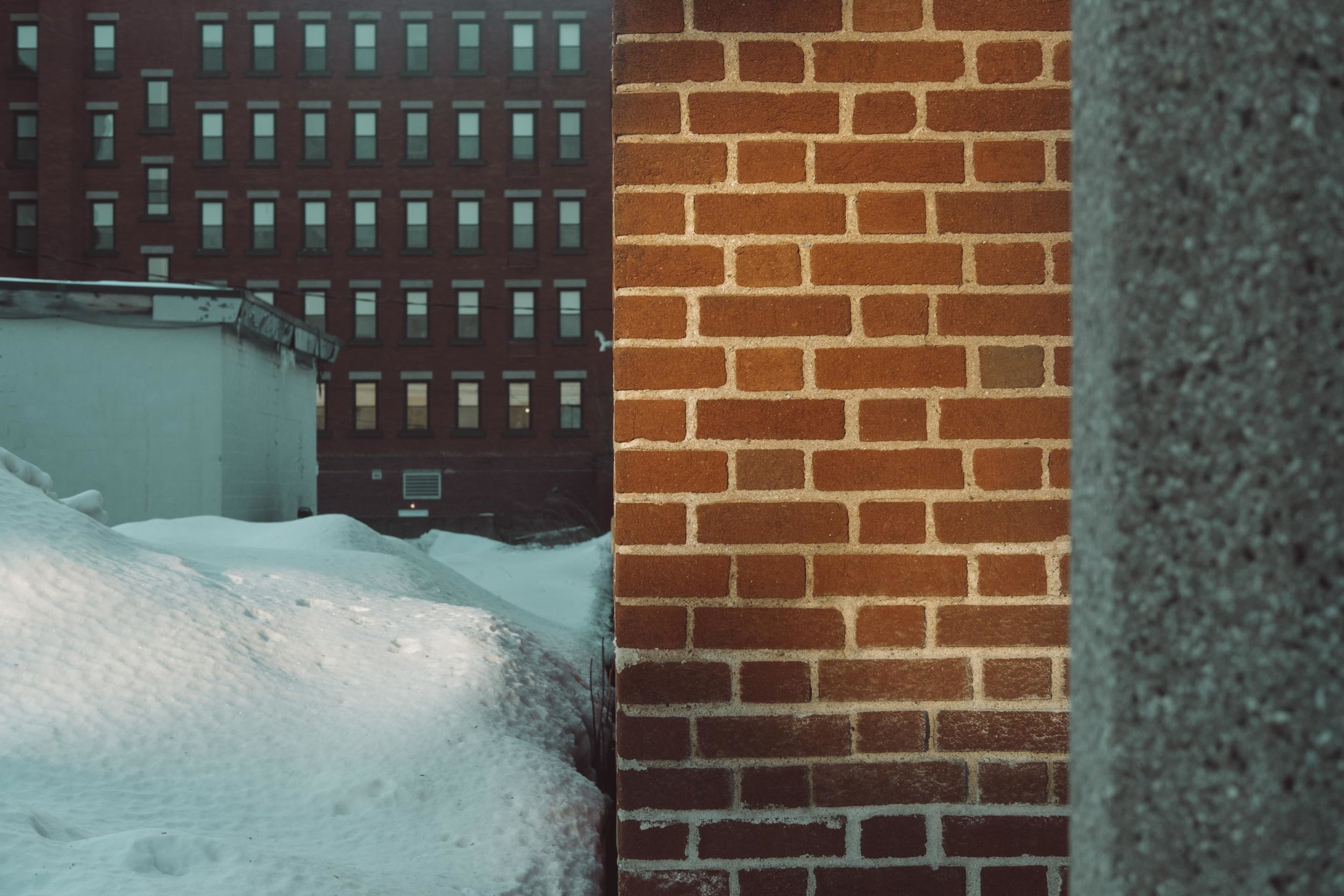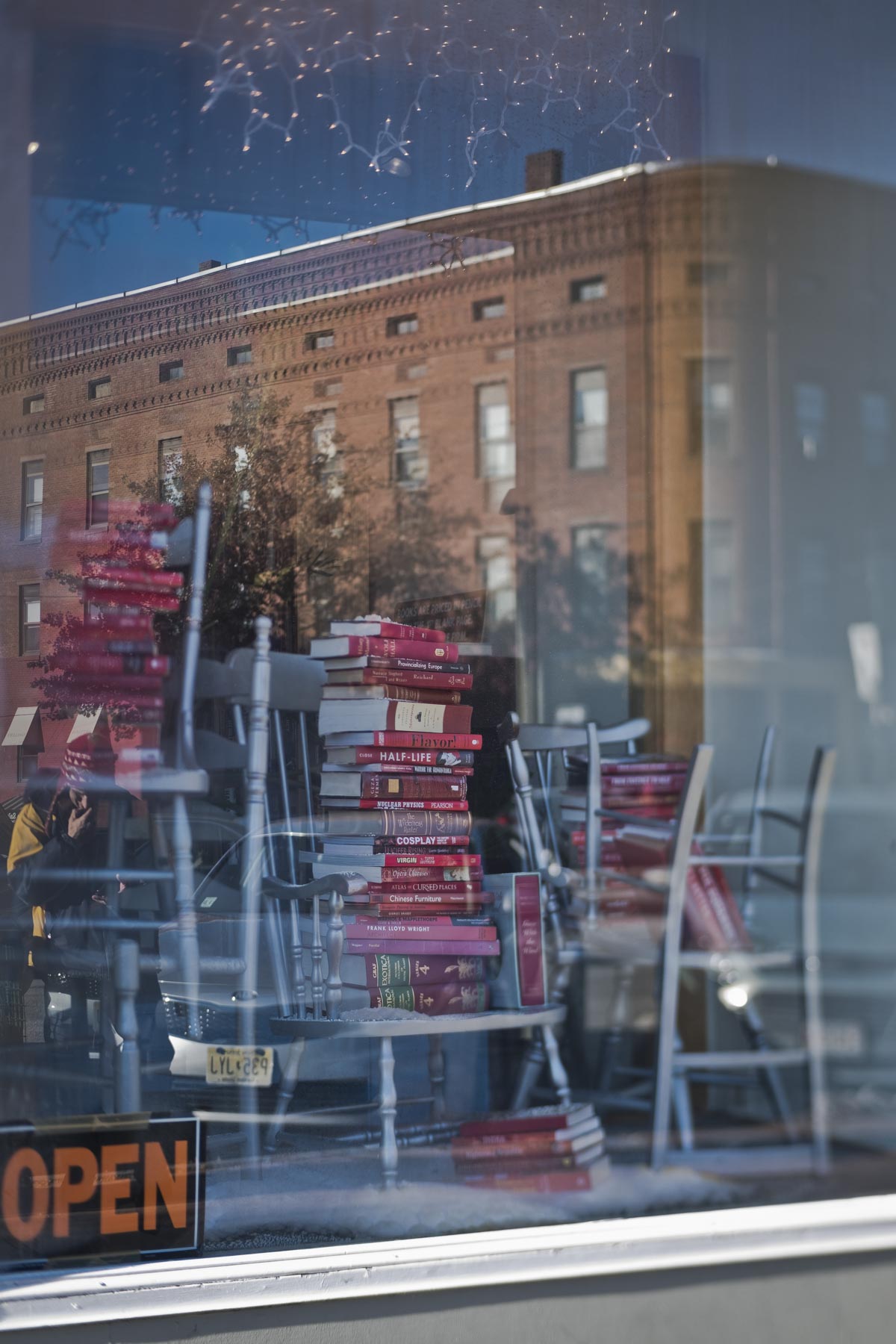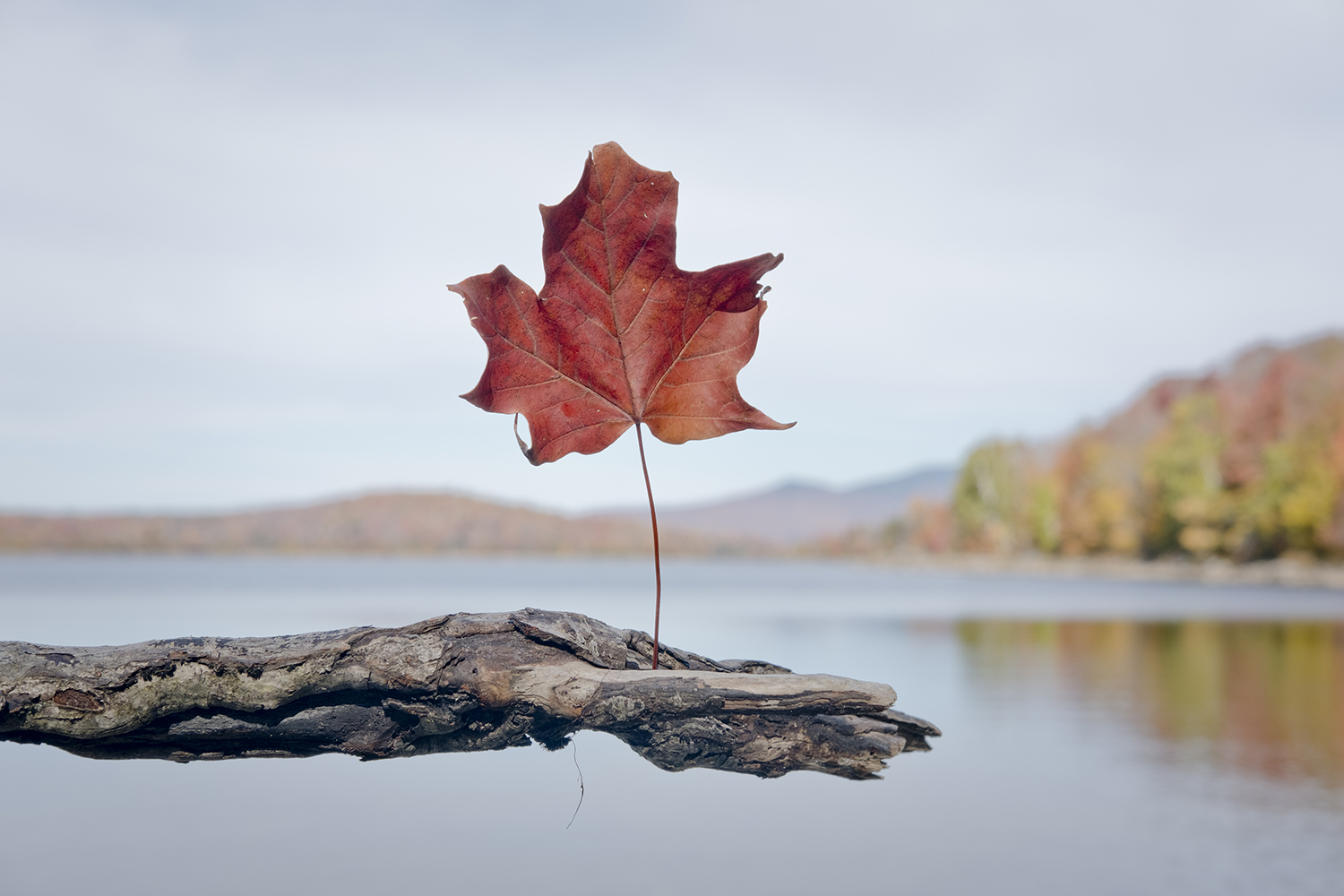Travel Photography: France, Some Film, and Mistakes
Hasselblad 500cm, Pentax 67, and a Fuji X-Pro 2
It has been nearly a year since I have posted on here. In that time a lot has happened. A lot is happening. I am not going to share my most significant images of 2019 in this post. I will not be writing about the best shoots I had last year, yet. I have plans for that, but at the moment I am going to start writing here as a daily practice to decompress and reduce the stress we are all facing. I have a goal. I want to take your attention away from what we are all in fear of.
Each post, or story, that I am going to share will be visual based. I will give you insight into the images, the shoots, or the travels. I worked with some great people in the last year. I traveled to new places and made some images that I am excited to share. Initially as I began this post I started with a proverbial quote, “I don’t know where to begin.” Which, is also an oxymoron if that is the intro to your post. I hit the delete key and looked at the blank page for all of 30 seconds before I started with what you’re now reading.
France and one of the biggest mistakes of my career: The first full day of exploring Nice France I kept with me two cameras, a Holga 120 film camera and a Sony a6300 to record any video. After making some great images that would never see the light of day I went to change the roll of film. As I pulled the back of the camera open I noticed the film was lose on its spool. Even though it had been exposed and wound, it was lose. My heart sank and I was irritated. I had with me about 20 rolls of film I planned to capture our trip on. With me I had a Hasseblad 500cm, a far cry from the Pentax 67 kit that I rented. Welp I said to my wife, looks like I am not going get anything with this thing. I threw it back into the bag. Once back to the room I would swap it out for my 500cm.
I rented a Pentax 67 kit with a few awesome lens. A wide angle, a telephoto, a 50mm, a 90 mm and a 75mm. Sounds like one of the most bad ass kits you could think to travel with, right??? Aside from the weight of it, it was a beauty. I am not one to complain about the weight of a camera but this thing was going to be some serious weight to trek around Europe. I really didn’t care that this camera was going to create a back problem, the photos rendered on Portrait 400 were going to be so worth it. So I thought.
Literally 24 hrs before flying the unimaginable happened. The camera’s mirror locked. I was taking out a roll of film that I shot in Joshua Tree a few days earlier. I forgot to take it out after the shoot and as I was prepping the camera and packing my gear I went to remove it. I am not sure how the mirror locked up but it did. Nothing I could do would unjam it. I spent hours searching my camera store and a few other stores for batteries. After swapping them out with a fresh one, it was locked up for good. I was pissed. I spent well over $300 for month long rental and I now had a giant paper weight. I had just purchased a TON of film and was amped up. In my mind, knowing where I was traveling to, Nice, France and the Cinque Terre Region of Italy, I already had images framed and being developed. Those images would never comet to see the light of day, just like the photos from my Holga.
Getting back to our room I swapped out the Holga for the Hasselblad. I was excited to put this baby to work on foreign soil. There was something incredibly satisfactory about looking down the lens of such a remarkable camera in such a beautiful region. Square format, Portra 400, France, sounds like a great time with a camera, right? Wrong. After spending about an hour making photo I finished the roll. Somehow I managed to roll the film incorrectly into the back. Ive done that serval times, usually while loading in a pinch. Also, I don’t use the camera daily, soooo muscle memory..Yet again another set of images that would never see the light of day. I was on a roll. Strike 3. I was out. Needless-to-say I was pissed. I decided right then and there, standing in Old Town in Nice, France I was done with film for this trip. This was the third strike.
Fuji X-Pro 2. That was the camera I decided was going to be my back up. I left home my Canon 6d Mark ii and allllll my lenses. I had with me, as my digital savior, my favorite travel camera. It is the perfect camera for traveling. The only issue, as if you werne’t really expecting another one, right?, I only had one lens, a 35mm. No big deal, right? Well it was sort of a big deal because I was going to be in an area with dramatic landscapes. You don’t want to be standing on the Italian coast holding a 50mm lens in your hands trying to film large landscapes. Really, you don’t. So when you hear, “gear doesn’t matter,” it really does. There are the right tools for the right jobs, just like there are there are the right cameras and the right lenses for specific types of images you intend to make. I would go on to spend 7 beautiful days with my Fuji over my shoulders and in my hands. At times it would be tossed into my bag as I recorded video using my A6300.
The following images are unified not by their physical location, but through the compositional traits they share. Each image fits perfectly next to the next and previous photo. They demonstrate my ability to see, what gauges my interest, and how I can tie images together to form a visual narrative. When I travel I do not just aimlessly point my camera in a direction and hope something magical befalls my lens. I see, I search, I compose through the lens just as much as I am orienting myself in a new place. This type of work satisfies my need to travel and create. Traveling for me is validates the existence of the places in the world I do not yet know exist. Photography for me is a way of communicating my vision, saying this is where I was and what I saw when I was there.. Each photo below is a window, a doorway, a walk way, a space that holds its own composition, the view on the other side. I love architecture and when I can I like to capture images of buildings and architectural features that represent the styles and periods of history of places I am traveling through.
I did mention above that during this trip I did make the biggest mistake of my camera. I will be explaining that in more detail of a few more posts about this trip. For now, enjoy these photos. Cheers and stay happy.
Morning Light
Most days I am not up before 7-7:30. I have no reason to get up at 5 am. I do not like going to the gym first thing in the morning. In fact I despise going to the gym early in the morning. If I happen to wake up early and I am bored at 6am and there isn’t a scheduled shoot for a couple hours, I might go to the gym. But out of pure boredom. I will get up at 3 am to travel anywhere in the world. That to me is exciting. I will wake up at the crack of dawn if there is an early call time. I have just never really been much of a morning person. When I was in college I had an 8am class after getting out of a third shift at 7:15 am. That was an awful semester. Full time overnight gave me a lot of early mornings.
When my career as a photographer started and I discovered what the golden hour was capable of providing, the evening light became my favorite. Every so often, maybe a handful of times throughout the year I will find myself up early enough for a shoot. On the rare occasion that I am up early enough to capture the first light of the day, I will do so. In the north east when the winter winds down and spring starts approaching, the temperature changes in the morning can cause some fog on the water and the lower parts of our city, especially with the canals. It becomes very cinematic.
Saturday morning was one of those mornings where I was up early. I crashed hard Friday night, very early. It was a gnarly week and I was exhausted. I woke as the sun cracked the horizon. I went down stairs and grabbed my Fuji X-Pro2 and snapped away. I finished up inside the house and wanting a coffee, I took my camera and left the house. Below are a few photos.
One of the motivators for making photos inside the house has been the times when I get up and see the light pouring in and illuminating objects and parts of the house. I wanted to capture that light.
Red: A photo essay
Every so often when I get a chance to take a break from work to focus on making images for me I like to shoot what I see. That ideology is similar to the pervious post “Night Photography: Snow,” that I posted a few nights back. When I first started my career as a photographer I had a lot of these moments. These were the good ol days of just shooting purely for fun and for testing. Testing ideas, locations, types of work, and cameras. I could calculate out all the images I’ve made, all the time I’ve spent making them, but there is not real value in doing that because every time I make an image now, it is a reflection of those moments.
One seemingly colder than usually day in November I took a walk around Northampton, Ma with my Fuji X-Pro 2. This was before I discovered that I could just pop the lens back into place and make all right again with the planes of focus. When I parked the car I grabbed my camera and a spare battery and proceeded to take a walk. I had no plan in place. No set goal or idea of what I would like to photograph. I looked over my should just as the car door shut and I saw this image.
I didn’t see the bullet holes until I was processing the shoot. What I saw was the color red, brilliant and intense. The shadow stood out the most as a dark red image overlaid on the exterior of a defunct dinner. I decided in that moment I was going to shoot the color red. If I saw an object, person, or scene with red, it would be composed in my lens.
This was not an exercise in red. This was not a red car syndrome project. It was, however, an afternoon of walking around and identifying elements around me that I could tie into photographs I had just made. Had I stepped out of the car and saw the color blue or a old bicycle, they could have inspired me just as much as the red shadow crawling up the side of the Diner. When a photographer takes time to un-think and clear their minds to create work just for the purposes of creating, they are free to see, free to produce, free to re-think and see. I can’t say that every image I make inspires the next, but when I take time to make photographs like this, when I have a few hours or a day, or when I travel and shoot, I produce work that will in some way affect my future work. That is the nature of creativity.
Desaturated red brick with strong shadow of a lamp.
Man in red pants
Red awning
Tis the seasons, Mrs. Claus suit
Red books in a store front
Red bags
Red car
Red rugs in a store front
Red shadow on a car
A red prayer
Gumballs
Circles
Man in red walks dog
Man in red walks dog even more
A woman in red coat
Boy with red balloon
Fuji X-Pro2: Review
By the time I get a new piece of equipment in my hands it has been reviewed to death. This can also be said about the Fuji X-Pro2 camera, released earlier in 2016, that I picked just over a month ago. This is going to be a no bullshit review of the camera by someone who has enjoyed a DSLR and have begun the transition to mirrorless. While I will not abandon my DSLR's solely for mirrorless, as I have a Canon 5Ds that I adore and gives me great images, rather I am expanding my gear and abilities with this new piece of technology. It is important to note that I use the word technology, as I will explain further in a few moments. Another note of interest, all the photos you will see below are photographed using the Fuji X-Pro2. Seems like a no brainer, but you never know who might think otherwise.
Scott-Owner at Good Earth Peanut Co, Skippers, Virginia
Pre Fuji: My interest with the Fuji X-Pro2 started last year or a little earlier when the Fuji X-Pro1 was in stores. My wife and I were traveling to Europe and it was going to be my first time aboard and I wanted to have a travel camera with me. I wanted 1 camera with 1 lens and all the functionality of a DSLR. I had an interest with the Fuji line up because I was looking at a different type of camera system than what I was used to. What does that mean? It means that for the longest time I have been using nothing but DSLR bodies for both business and personal work. It wasn't that I was looking for a creative change of pace, I was interested in a different system altogether. I was looking for a unique camera that could become a travel camera, something I could toss into my bag, bring with me anywhere, be discrete, and function with ease. When I started looking at the Fuji X-Pro1 I found it to be an interesting and captivating camera. I was drawn to the design of the body and how it functioned so similarly to an old film camera, a rangefinder to be exact. I decided it wasn't the right time to purchase and moved on. When I look back at the trip to Europe, I am very pleased that I had more than just the Fuji with a fixed 35mm lens. Here is why. When I travel I work. I am always on, always seeing, always reading and interpreting what is around me, what is happening, and what is new to me. With me I had a Canon 5d II, 70-200mm, a Sigma 35mm F1.4, and my wide 17-40 F4. I also had two GoPros that didn't used. I spent 11 days with my 70-200mm on my shoulder and I captured some amazing images of people and places. I do not regret it. Had I been limited to the Fuji X-Pro1 and the single 35mm lens I would have purchased, I would not have been able to produce some great work.
Somerset Reservoir, Vermont
Now, as you could imagine, buying one lens sounds like a silly idea right? Why buy just one lens when Fuji has an entire line up of lenses that could fit the X-Pro cameras? Well here is why, one simple word, Rules. Yes. Rules. Before I venture to far further I will make one more simple comment. It is about rules for me. Composition, light, how I shoot, where I shoot, why I shoot. All comes down to rules. For me, owning a camera with one fixed prime lens would be a set of rules as to how I engage each subject matter, the distance I maintain, the type of work I will create, and the ability to see. Seeing is an important part of the rules because when you are working with a fixed 35mm prime lens, you're bound to a box and need to fulfill the composition based on capabilities of the lens. You can not take a position and simply just zoom in. Yes, I know, thats what cropping is for, but that is cheating and is less about thinking critically and decisively. So at the end of the day, my ideology is pretty basic, less is more.
YAY I bought the X-Pro2: After spending a few days researching and watching youtube videos of other photographers rave about the Fuji X-Pro2, I decided now was the time. I will admit, I did a lot of research before purchasing the camera, not just because of the price tag, but because I needed to justify the purchase as a business expense. Every camera that I use will inevitably create an image that will affect my business. So I needed to ensure that the purchase was going to be worth it and that even though this camera was going to be designated as a camera I would use when I travel, more on this topic below, as well, I know that it will also be used on the daily.
Now, I stated above I did my research. What I came across was a hit or miss of technical crap that I will not burden you with. If you want to know the resolution, megapixel this or that or ISO here there and everywhere, I will have the link to Fuji's site where you can find all that stuff. In my research I watched a great youtube video of a bloke who had the X-Pro 2 on loan, early, from Fuji. He is a "Fuji Pro." Which I think means that is all he shoots. Not sure, but that's what it appears to be. I did look him up and found that he does use a variety of Fuji cameras for his work.
Fly fishing, Deerfield River, Charlemont, Ma
This photographer walked around with a fella who asked some questions and did some shooting along side of him. The subject matter ranged from street photography, where the Fuji X-Pro2 excels, to work in the studio. By all accounts they covered the full gamut of subject matters and the camera seemed to be incredible. I watched closely and enjoyed the work that the camera was pumping out. In contrast I read a review by a woman who should not have written a single word about the camera. I had a very hard time finding anything positive she had to say about the X-Pro2. She was hung up on a slew of functions that she spun in such a negative light. Basically she wasn't used to the camera and said it wasn't for her. She effectively wrote a biased review and has the comment section of her blog conveniently "off." Her crap review had no basis for decision making when it came to me purchasing the X-Pro2.
WHY Buy: The Fuji X-Pro2 is a stellar camera with a higher resolution than the pervious model. The functions of the camera are easy to use. I adore the knob at the top of the body that allows you to change the ISO settings manually, as if you were using a 35mm Film body. By the way, the woman who wrote the review SLAMMED that function of the camera. She HATED that you had to do that. But I don't think she used it long enough to realize you can change the ISO settings through the cameras internal menu as well. Her loss. But the dials are fun and it makes for a conversation starter when people see it. I have had several people ask me about it. We all know we don't buy cameras just because of dials or the sleek sex appeal, but because there are some other aspects of the camera that are worthing own and shooting on. I will go into more detail in a moment.
With the positive does come a negative. On the back, where the hand grip is, there are two buttons AF-L and Q. They are not placed well. I have seen other people on the interwebs commenting about that as well. It is just a design flaw that doesn't really cause much harm when working. At least it has never affected me or my images. Just seems a bit weird, Fuji.
Travel Photography: As mentioned, the primary goal for me owning this camera was to use it as a travel camera. What does that even mean?? Well I love to travel and will do so as often as I can. Travel Photography is a part of my personal work, hoping to grow it and sustain some income from the images I make. Who wants large prints from my travels? Anyone want to license some images, give you a great deal. All joking aside, this camera is THEE ideal camera for traveling. The resolution and image quality are through the roof. I have a 50 megapixel Canon 5Ds that I use as my high end camera for big productions, portraits, and all the fun commercial work. The Fuji X-Pro2 is literally half of what my 5Ds is. It is also 50% greater than my 5Dii, which puts this camera in the middle of a beast of a camera and an older starting to retire beast of a camera.
So, why did I all of a sudden recently buy the Fuji?, you guessed it, traveling. End of September we packed our new car with puppies and clothes and made our way to South Carolina. I took a bold leap of faith and brought with me my brand spanking new Fuji X-Pro2, my Macbook Pro, a bunch of books, my DJI Phantom 4, my DJI Osmo, in case I wanted to film something, which I did not, and a GoPro to mount on our fur kids. We spent a few great days in Charleston, Isle of Palm, and were subsequently evacuated, as you can read in my previous post under this one. I had my Fuji with me everywhere I went. I have a new bag that I procured on Amazon for nearly 2 cents and a thank you, love Amazon, and thats where it resided when it wasn't in my hand or shoved up against my face. If had been inclined to purchase more lenses, which I did not and do not foresee doing in the near future, I would have been able to replace traveling with my 5D's completely. Neither of my Canon bodies accompanied us to the south. I wanted to be bold and take the X-Pro2 with just one lens and see what I could produce. I am 1000% happy with the cameras function, quality of images, and ability to be a discrete device that can travel lightly. I may mention that I would not purchase any telephoto lenses, that is at the moment true. While this camera is great and I did make some beautiful images while traveling, I would not use this if hired for a large commercial travel job. If I was commissioned to travel to a remote area and capture the ambiance of said place, I would take my Canon 5Ds or be prepared to rent something bigger. However, that being said, I would keep my Fuji on my side and still use it at such a place. I might however, show the client said Fuji images and allow them to decide. When I think of high end commercial work, I do not think of Fuji as being the go to choice of cameras, but that is just out of lack of use on large projects.
Limitations: There are always limitations with new technology. As I mentioned in the beginning, technology is a big thing with this little beauty. Before I forget and before I move on to all limitations, not that many, so don't freak. I will not be biased as that woman was with her crap review.
Camera Parallax Error: Sounds scary and almost dangerous right? No. You're wrong. Rather than being an error you do not want to see on the LCD screen, the parallax, as defined here, "In digital photography parallax is the term used to describe the difference between the image as seen by a viewing system and the image as recorded by the sensor. Variance occurs as subjects move closer to the lens. Only through the lens viewing systems avoid parallax error. As cited from www.webopedia.com/TERM/P/parallax.html" What this means is pretty simple and straight forward. When you look through the viewfinder of a DSLR or Medium Format, basically any camera with a mirror in the body, what you see is true of the composition. When you look through the viewfinder of the Fuji mirrorless cameras, you are not seeing the true composition. Fuji has done something ingenuous. They have electronic viewfinders that show you in real time what the lens is recording. It is an electronic view of the image. Think of it as tiny tv in the viewfinder. The first few moments of having the camera I was having some issues trying to figure out the viewfinder options and such. I honestly needed to go back to the store where they have a Fuji expert who could show me a few things. I am so accustomed to DSLR's that this new technology was a bit confusing, since it was my first time using it. Now, how is this a limitation? Well, it kills the battery life depending upon with type of viewfinder you are using. There are a multitude of options as to how to use the electronic viewfinder, including an option that I discovered creates or fixes a problem when shooting with a wireless transmitter (see below).
Revitalize CDC, Holyoke, Ma, Community Improvement
Battery Life: Yes, unfortunately the battery life is less than desirable. Take my advice, buy this camera and buy 3-4 additional batteries at once. I have 5 batteries for my Canon 5Ds. That is enough to shoot for a few days. The Fuji is a beast of a camera, which means it needs its energy to continue pumping out great images. Truth. The viewfinder is a huge factor. When set to electronic and it renders and image and shows you in real time through that tiny TV what to expect, then it consumes a lot of power. Having spoken with someone on Instagram about this issue, you can set the camera's power management in a few different ways to conserve power. So while it would seem irritating, it really is a minor thing, small thing, not even really a "thing."
Wireless Transmitters: This is a huge limitation that you MUST consider when purchasing the Fuji X-Pro2. Here is why. I have 3 PocketWizard Plus II transceivers and an ancient PocketWizard receiver. I had an opportunity to make some environment portraits of an artist in my studio building. He agreed to the shoot. I was going to photograph him with one light, softlighter mounted to Alien Bee 1600 strobe. I would shoot some images of him working and a portrait of him in the environment. When I put the Plus II on the camera, nothing happened. Nothing fired. I said, BRB and ran to my studio. I could not find an answer on Google. Rather I found people having the same issues and some people that claimed they had work arounds. I did not find the work arounds helpful. So, I packed up, grabbed the camera and Wizards and ran to the camera store and threw the doors open saying "wtf." Within an hour and the purchase of a new PocketWizard Plus III Transceiver, as that was the only one that would work, and a few minutes of figuring out that the camera will NOT fire when the electronic viewfinder is on. You need to adjust the electronic viewfinder to "Mechanical Shutter" as there is NO mirror or mechanical function happening in the camera telling the transmitter what to do. The "Mechanical Shutter" is found in "Shutter Type" under "Shooting Settings." Basically what the staff and myself figured out is that it needs to be relaying a message to the transmitter, "electronically" which is an oxymoron if you consider when it is in "electronic shutter" it will not fire the transmitters. So, make sure you have up-to-date transmitters and make that setting adjustment and you'll be good to fire strobes. Now, I did say that I would use this camera as a travel camera, primarily, but I LOVE making portraits with it, but in studio and on location. In studio can be a mix of natural light and studio strobes, same for locations.
Portrait shoot, studio, Light source: Alien Bees B1600, PocketWizard Plus III
Post-Production: If you want to fully use the cameras film simulation functions, use software other than LightRoom to edit and process your images. Try Capture 1 or the Fuji software. LightRoom will de-tone the images from what come out of camera.
Computer Updates: In order to view the thumbnails of the images once uploaded to my computer, I needed to do the latest OSx Update. I also had to ensure that ALL Adobe products were up-to-date. I had this happen once before with a Canon body. Not a big deal, easy to fix. Not even a limitation, more a nuance.
Reasons to BUY: No doubt about it this camera has sex appeal and plays on the digital vs historical past in terms of how film cameras functioned. This camera is a beast. The image quality is superb and is overall a joy to use. For me, keeping strictly a 35mm lens on the body at the moment is a choice to create a shooting regiment that I like. It foreces me to think and see differently when I am using it. I enjoy that aspect of photography. For me I get great satisfaction knowing that I hold a device that forces me to think very critically about what I want to make. The Fuji X-Pro2 literally is a professional camera designed for those who find it appeal in terms of its functionality, design, and quality of image that is rendered.
Film Simulation: Everyone knows Fuji Film. Even the hipsters in Brooklyn buying all the cameras they can find at Flee Markets. Fuji Film is legendary. They have instilled that same legendary quality into their cameras with the film simulation look. They even have black and white settings! Cool stuff!
Head shots, studio, natural light
Nuances: As you will see yourself once you purchase your X-Pro2, just after reading this review, there are a few nuances to maneuver. The camera parallax is pretty much the biggest one. It will take you a few days to understand how that works if you are not already used to it. Take your time, learn the camera and how it operates. It is a stellar camera and should be in your bag as a general camera to use for a wide range of subject matters.
When I use my X-Pro2 I feel more connected to the history of photography. I feel like a different person, perhaps channeling my inner Carte Bresson or Garry Winogrand. While I am still the same photographer, the use of such a camera transcends you from the mundane DSLR mode to something more exciting and energetic. That is what Fuji was going for when they produced this camera and that is the feeling I was searching for and inspiration that I saw when I watched that youtube video that left me in awe. If you are on the fence about buying the Fuji X-Pro2 or have read a negative review of the camera, leave a comment and send the link to the review and I can help show you the ways to a great camera. Please note: I am not a sponsored Fuji Pro and I do not have stock in the corporation. I am photographer who enjoys his camera and knows others will too. SO, if you are on the fence with purchasing, jump off and do so. Don't worry, its a short drop down!


